Gazing out your window at a cardinal perched on a feeder or watching a robin hop across your lawn, you might not immediately think “dinosaur.” Yet these familiar backyard visitors are the last descendants of the mighty beasts that once ruled our planet. Modern birds didn’t just evolve from dinosaurs—they are dinosaurs, specifically avian theropods that survived the mass extinction event 66 million years ago. While time has transformed these creatures into the feathered friends we recognize today, birds retain numerous fascinating features that directly link them to their prehistoric ancestors. The evidence is hiding in plain sight, from how birds move to their bones’ very structure. Let’s explore the remarkable dinosaur heritage that exists in the common birds visiting your backyard.
The Evolutionary Connection: Birds as Living Dinosaurs
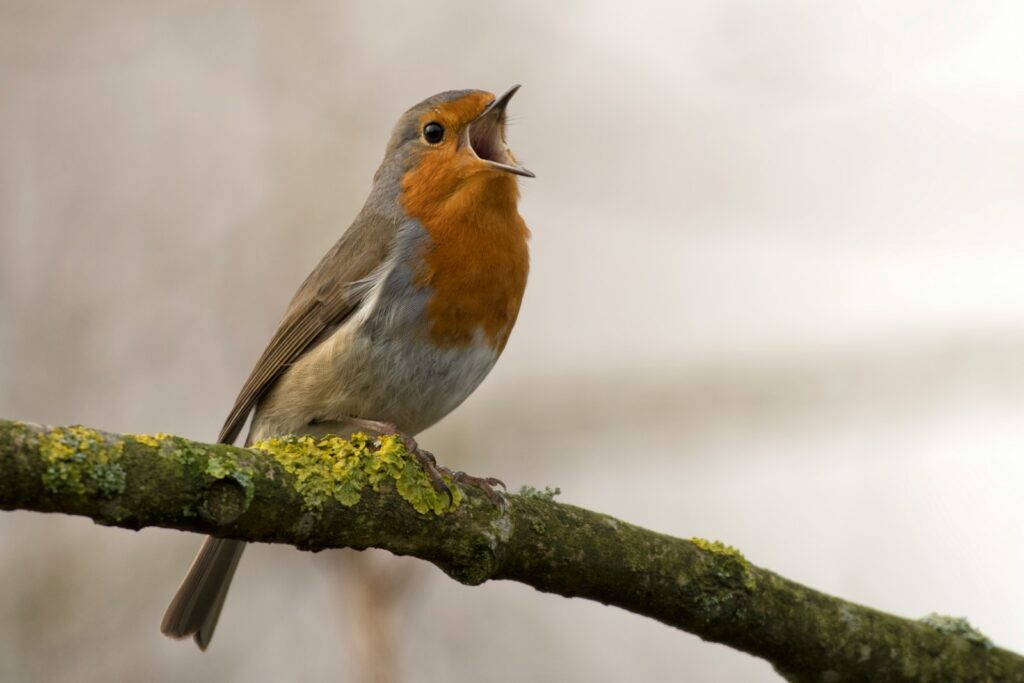
The classification of birds as living dinosaurs represents one of the most profound revelations in modern paleontology. Scientifically speaking, birds belong to the theropod group of dinosaurs, the same lineage that included Velociraptor and Tyrannosaurus rex. This relationship wasn’t always clear—when the famous transitional fossil Archaeopteryx was discovered in 1861, scientists debated whether it was more bird or reptile. Today, the fossil record provides overwhelming evidence through hundreds of specimens showing the gradual evolution of dinosaurian features into avian ones. DNA analysis further confirms this relationship, revealing genetic similarities between modern birds and their extinct relatives. When a sparrow visits your bird bath or a woodpecker drums against your tree, you’re witnessing the living legacy of dinosaurs that have adapted to survive in our modern world.
Scales and Feathers: Modified Reptilian Skin
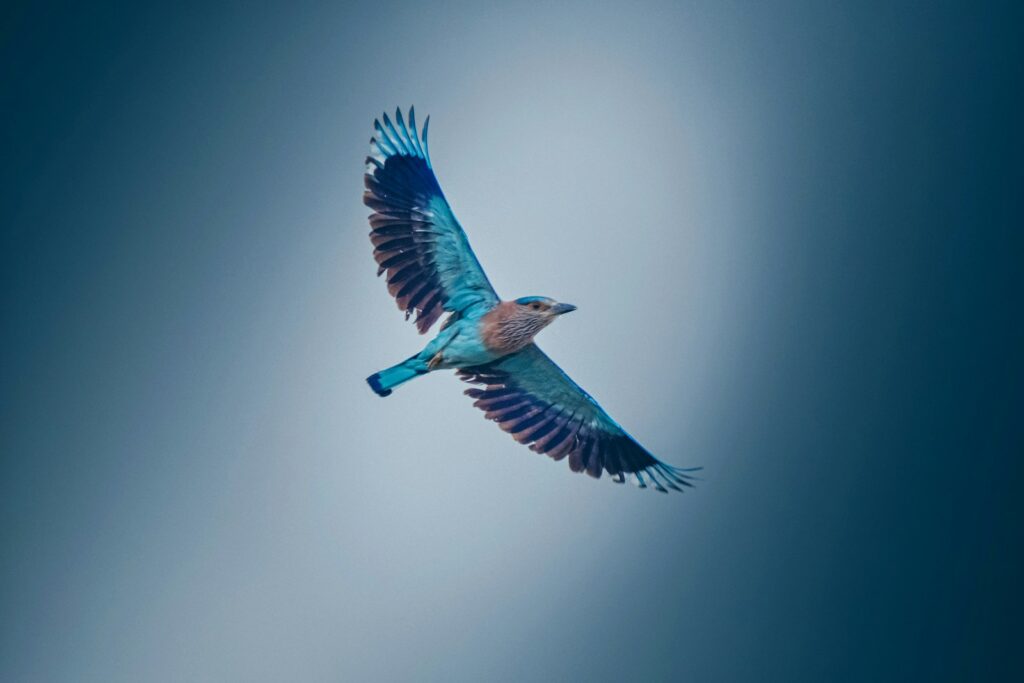
One of the most evident dinosaur traits in your backyard birds appears in their feet and legs. Take a close look at a robin or chickadee’s legs, and you’ll notice they’re covered in scales, nearly identical to those found on reptiles and known to have existed on many dinosaurs. These scales aren’t coincidental similarities but direct evolutionary inheritances. Even more striking is the connection between dinosaur scales and bird feathers—both structures develop from the same basic skin cells and share key developmental proteins. Feathers themselves were once thought to be unique to birds, but fossil discoveries have revealed numerous feathered dinosaurs, including velociraptors and other dromaeosaurs. The colorful plumage of a blue jay or cardinal represents a modified version of coverings that once adorned their dinosaur ancestors, evolving from simple filaments to the complex flight feathers we see today.
Skeletal Similarities: Hollow Bones and Air Sacs
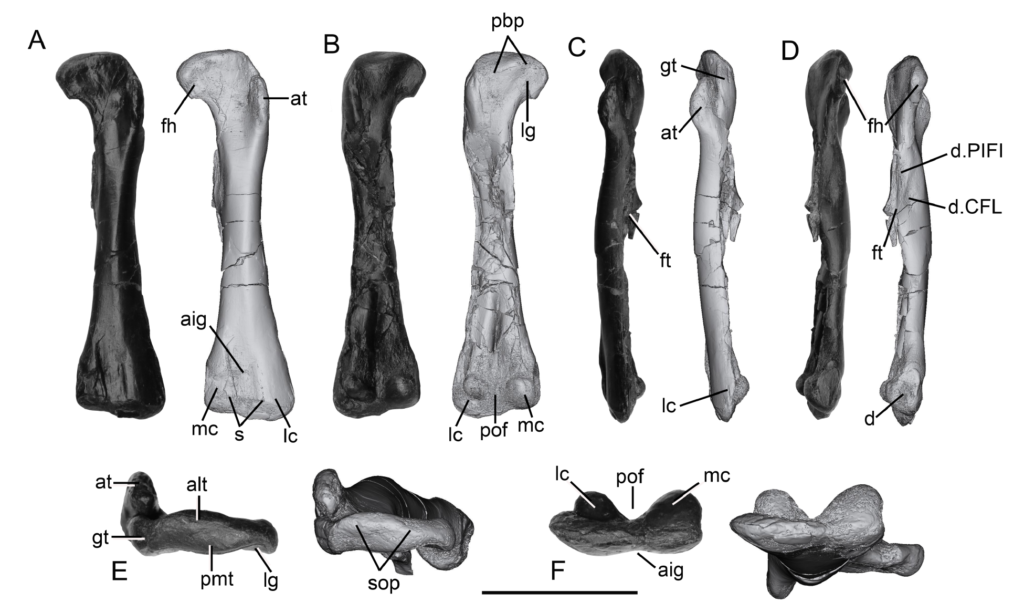
The internal structure of bird bones reveals another direct link to their dinosaur ancestry. Birds possess hollow bones with internal struts for reinforcement, a feature they inherited directly from theropod dinosaurs. This adaptation reduces weight while maintaining strength, critical for flight, but originally evolved in non-flying dinosaurs. X-rays of a common backyard bird would reveal pneumatic bones filled with air sacs that extend from the respiratory system, a characteristic shared with their dinosaur ancestors like Allosaurus and Tyrannosaurus. These air sacs allow for a unique respiratory system, unlike mammals, but similar to what existed in their dinosaur predecessors. When a sparrow easily lifts off from your feeder despite having a skeletal structure that accounts for only about 5% of its body weight, you’re witnessing the evolutionary advantage of this dinosaur-derived feature that enables efficient flight.
The Telltale Tail: Pygostyle and Rectrices

The next time you see a robin or cardinal perched in your yard, take note of its tail—a feature with direct dinosaurian heritage. Modern birds have a shortened tail ending in a pygostyle, a fused set of vertebrae that supports the tail feathers (rectrices). This structure evolved from the long, bony tails of their dinosaur ancestors through a process of vertebral reduction and fusion. Archaeopteryx, often called the first bird, still retained a long, bony dinosaur tail, while later avian dinosaurs show the progressive shortening that led to modern bird anatomy. The fan of tail feathers you see when a blue jay lands on your fence represents a lightweight, aerodynamic replacement for the heavy, muscular tail of earlier dinosaurs. This evolutionary modification allowed birds to maintain balance and maneuverability in flight while significantly reducing posterior weight—a perfect example of how dinosaur anatomy adapted for aerial living.
Egg-Laying and Nesting Behaviors

The reproductive strategies of backyard birds provide another window into their dinosaur heritage. Birds lay amniotic eggs with hard shells, a characteristic inherited directly from their reptilian and dinosaurian ancestors. When a robin constructs its cup-shaped nest and lays blue eggs, it’s continuing a reproductive strategy that dates back over 150 million years. Paleontologists have discovered remarkable fossilized dinosaur nests showing that many theropods arranged their eggs in circular patterns and likely provided parental care, much like modern birds. Some non-avian dinosaurs even sat atop their nests to incubate eggs, using their body weight and feathered limbs to protect their offspring. The careful turning of eggs that you might observe in nesting birds reflects behaviors that evolved in their dinosaur ancestors. This continuity in reproductive strategy represents one of the most direct behavioral links between the dinosaurs of the Mesozoic and the birds visiting your backyard.
Dinosaur Feet in Your Birdbath

The feet of backyard birds preserve some of the most visible dinosaurian characteristics in plain view. When a sparrow or chickadee perches on your feeder, its feet display the classic arrangement of three forward-facing toes and one backward-facing toe (anisodactyl arrangement)—a modified version of the foot structure seen in many theropod dinosaurs. Birds walk on their toes (digitigrade locomotion) rather than flat-footed like humans, precisely as their dinosaur ancestors did. The scales covering bird feet are nearly identical to those found on dinosaur feet, both in structure and development. Even the impressive talons of raptors like hawks or the smaller claws of songbirds are direct descendants of dinosaur claws, retaining the same curved shape and growth pattern. These avian feet haven’t fundamentally changed from their dinosaurian origins, merely adapted for different functions like perching rather than running or grasping prey.
Dinosaurian Digestive Systems

The digestive adaptations of your backyard birds offer another fascinating connection to their dinosaur ancestors. Many birds, particularly seed-eaters like sparrows and finches, possess a specialized stomach chamber called a gizzard that uses swallowed stones (gastroliths) to grind food, exactly as many dinosaurs did. Fossilized dinosaur specimens have been discovered with collections of polished stones in their abdominal regions, indicating they used gastroliths for digestion, just like modern birds. The crop—a food storage pouch in the throat of many birds—also has origins in dinosaur anatomy. Even the fast metabolism of birds, which requires them to eat frequently, evolved from their dinosaur ancestors, with evidence suggesting many theropods had elevated metabolic rates compared to other reptiles. When you observe a cardinal cracking seeds or a robin processing a worm, you’re witnessing a digestive strategy refined over 150 million years of dinosaur-bird evolution.
Breathing Like a Dinosaur
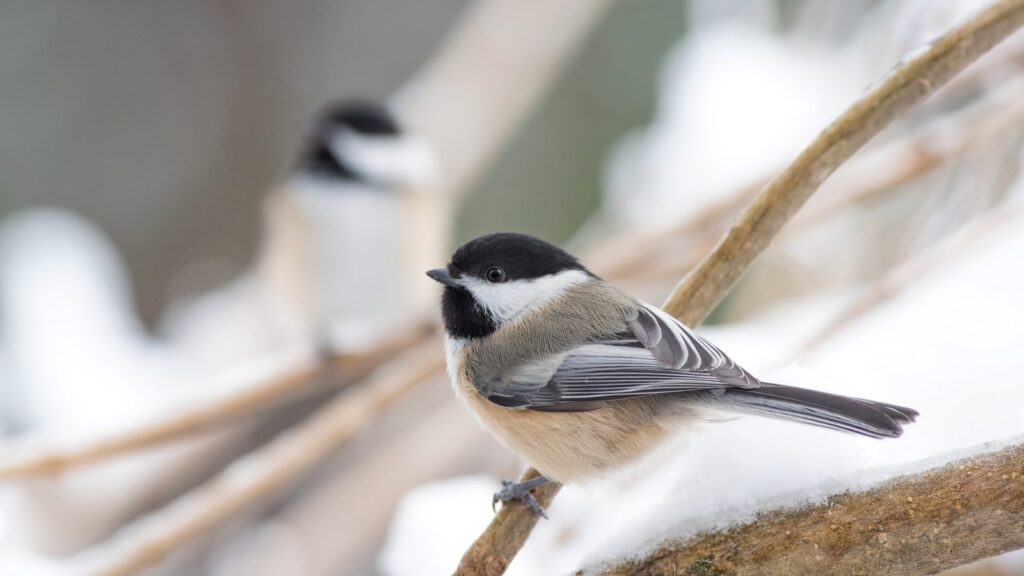
The respiratory system of backyard birds represents one of the most sophisticated dinosaurian inheritances hidden beneath their feathers. Unlike mammals that breathe in and out through the same airways, birds possess a complex system of air sacs that allow for one-way airflow through their lungs. This highly efficient system, which enables birds to extract oxygen even at high altitudes, didn’t evolve specifically for flight—it was inherited from their dinosaur ancestors. Paleontologists have identified evidence of similar air sacs in theropod dinosaurs by examining the pneumatic openings in their vertebrae and hollow bones. This specialized breathing system likely gave both non-avian dinosaurs and modern birds higher metabolic rates and activity levels than typical reptiles. The rapid chest movements you observe in a resting chickadee or the efficient breathing that powers a hummingbird’s incredible metabolism are direct continuations of respiratory adaptations that first appeared in dinosaurs millions of years ago.
Behavioral Echoes: Dinosaurian Social Displays

Many of the social behaviors and displays exhibited by backyard birds have direct parallels to those used by their dinosaur ancestors. When male cardinals or blue jays display their bright plumage and sing to establish territory and attract mates, they’re engaging in behaviors that likely evolved from dinosaur courtship displays. Paleontological evidence suggests many theropod dinosaurs had colorful feathers, crests, and other ornaments used for social signaling, much like modern birds. The complex vocalizations of songbirds may have evolved from simpler dinosaur calls and cries. Even the head-bobbing motion you observe as a robin walks across your lawn mirrors the movement patterns of bipedal dinosaurs maintaining balance. Flock behavior, seen when sparrows or starlings move in coordinated groups, may have originated with social dinosaurs that traveled in packs or herds. These behavioral continuities provide a living window into how dinosaurs might have interacted with one another millions of years ago.
Brain Power: Dinosaur Intelligence in Miniature
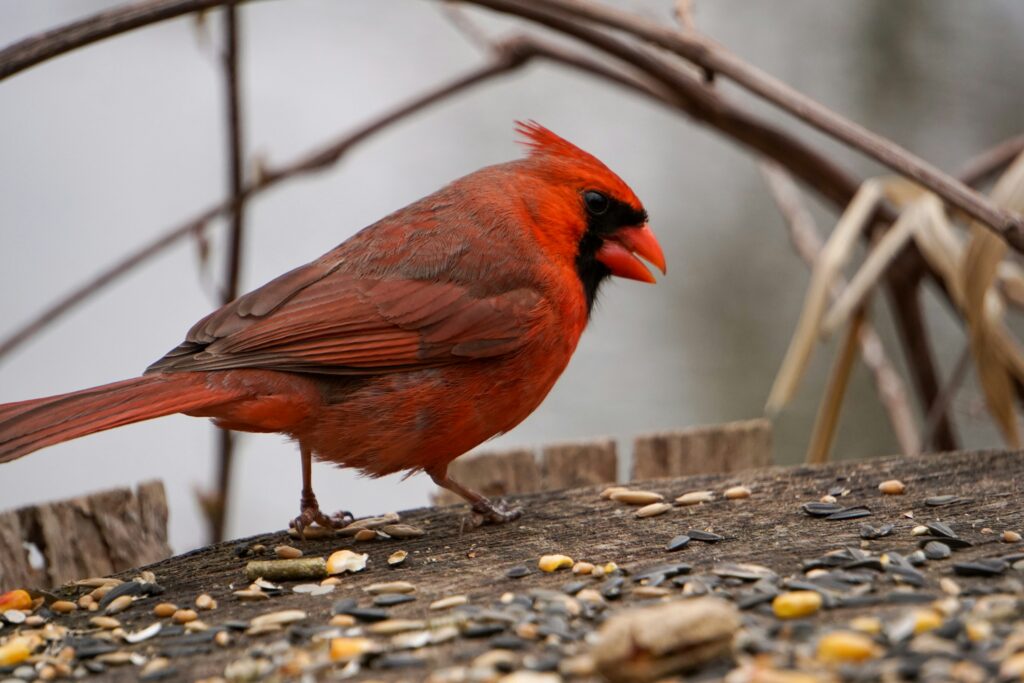
The cognitive abilities of backyard birds reflect the enhanced brain development that began in their dinosaur ancestors. Birds have remarkably large brains relative to their body size—a trait that started evolving in theropod dinosaurs. Paleontologists studying dinosaur endocasts (natural molds of brain cavities) have discovered that many theropods had enlarged cerebral hemispheres and optic lobes, suggesting enhanced sensory processing and possibly complex behaviors. The problem-solving abilities of crows, figuring out how to access bird feeders, the remarkable spatial memory of chickadees, remembering dozens of food cache locations, and the complex songs of thrushes all have their neurological foundations in dinosaur brain evolution. Studies comparing bird and crocodilian brains (both descendants of archosaurs) confirm that the expanded forebrain regions of birds began developing in their dinosaur ancestors. When you observe a jay employing tools or a mockingbird learning to mimic new sounds, you’re witnessing cognitive abilities with deep evolutionary roots in the dinosaur family tree.
Growth Patterns: From Dinosaur to Bird

The rapid growth and development of backyard birds from hatchling to adult represents another inherited dinosaur trait. Unlike most reptiles that grow slowly throughout their lives, birds grow extremely quickly, reaching adult size within weeks or months—a pattern that originated in their dinosaur ancestors. Paleontologists studying dinosaur bone histology (microscopic structure) have discovered that many theropods grew rapidly during youth, more like birds than like typical reptiles. The helpless, highly dependent state of newly hatched songbirds also has parallels in some dinosaur species that likely provided extensive parental care. Even the sequence of bone fusion during development follows patterns established in dinosaur evolution. When you observe a fledgling robin quickly maturing from a naked, helpless chick to a fully-feathered adult, you’re witnessing a compressed version of developmental patterns that first appeared in dinosaurs millions of years ago, optimized for the rapid life cycles of modern birds.
Binocular Vision: Predatory Heritage
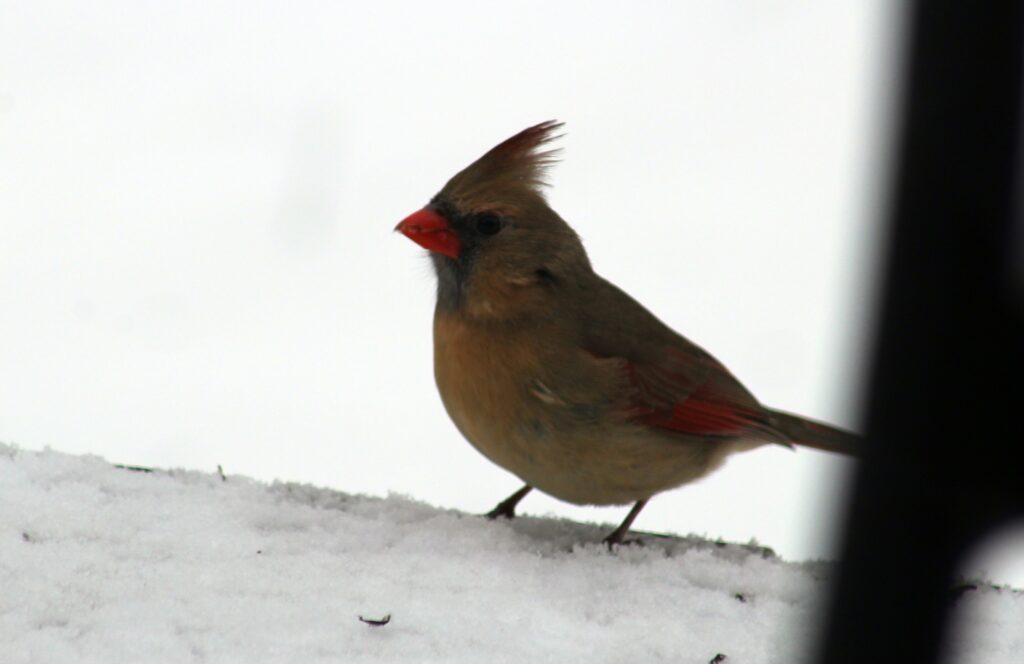
The forward-facing eyes of many backyard birds reveal their heritage as descendants of predatory dinosaurs. Birds like hawks, owls, and even common robins possess varying degrees of binocular vision—overlapping visual fields that allow for better depth perception, a characteristic that evolved in predatory theropod dinosaurs. Fossil evidence shows that many carnivorous dinosaurs had eye sockets positioned for forward-facing vision rather than the side-facing eyes typical of prey animals. This visual adaptation helped hunting dinosaurs accurately judge distances when pursuing prey, just as it helps modern hawks calculate precise swooping attacks or helps robins spot worms in your lawn. The exceptional visual acuity of birds, with some species able to see ultraviolet light or detect minute movements from high altitudes, represents the continued refinement of sensory systems that gave predatory dinosaurs their edge. When you notice a chickadee expertly judging the distance to your feeder or a hawk pinpointing a mouse from fifty feet above, you’re observing the legacy of dinosaurian visual adaptations perfected over millions of years.
Sleeping Postures: Rest Like a Dinosaur

Even the way birds sleep reveals their dinosaurian heritage in subtle but fascinating ways. When you observe a backyard bird tucking its head under its wing or perching while sleeping, you’re seeing postures that likely evolved from dinosaur resting positions. Remarkable fossil discoveries, like the “sleeping dragon” Mei long specimen, show small theropod dinosaurs preserved in bird-like sleeping postures with their heads tucked and limbs folded. Many birds sleep standing on one leg, a behavior that may have originated with theropod dinosaurs as an energy-conservation strategy. The ability of birds to lock their feet around perches while sleeping, thanks to an automatic tendon mechanism, m—likely evolved from similar adaptations in their dinosaur ancestors that allowed for secure resting positions. Some scientists even suggest that the tucked sleeping position of modern birds might have helped their dinosaur ancestors conserve body heat, supporting the theory that many theropods were warm-blooded. These sleeping behaviors provide a direct behavioral link between the dinosaurs of the prehistoric past and the birds nodding off in your backyard trees.
Conclusion: The Dinosaurs Among Us

The common birds that visit our backyards represent living time capsules, carrying forward the genetic, anatomical, and behavioral legacy of the dinosaurs. From their hollow bones and scale-covered feet to their complex respiratory systems and reproductive strategies, birds showcase numerous features inherited directly from their theropod ancestors. This evolutionary connection transforms our perspective—the cardinal at your feeder isn’t just reminiscent of dinosaurs; it is a dinosaur, adapted to the modern world. Next time you observe birds in your yard, take a moment to appreciate the prehistoric heritage hidden beneath their feathers. In their movements, structures, and behaviors, these backyard visitors offer us a living window into the distant past, demonstrating how evolution preserves and modifies ancient traits across millions of years. The dinosaurs never truly disappeared; they simply transformed into the remarkable avian dinosaurs that continue to thrive all around us.




